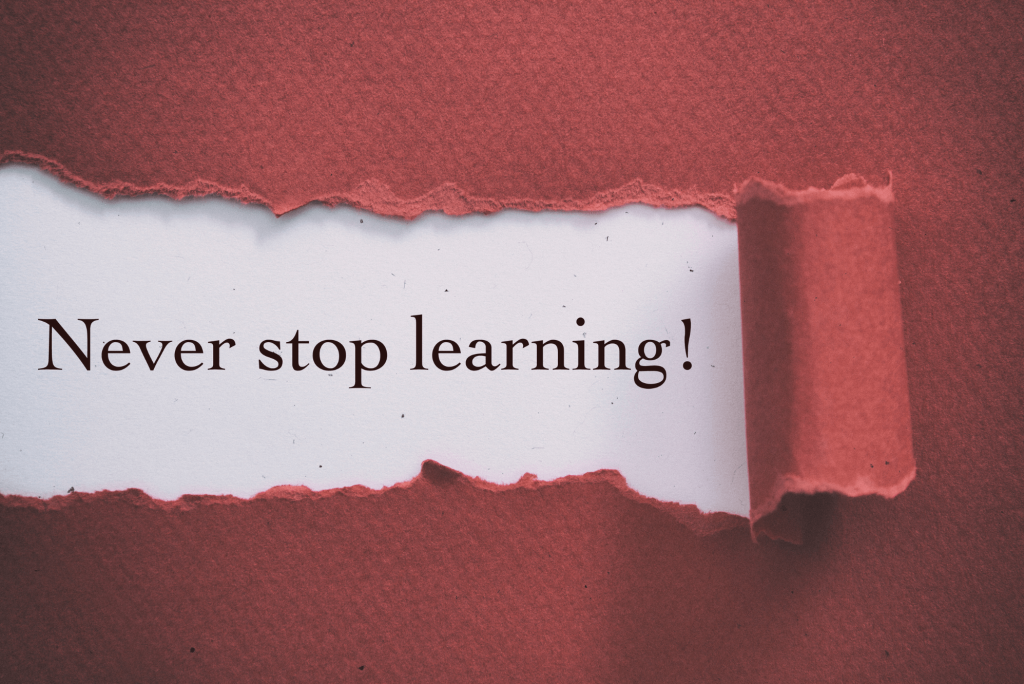Stop Playing It Safe: Setting Objectives that Actually Move the Needle

Let’s be honest. Regardless if it’s at board level or right there at the coalface, it’s all too easy to fall into the trap of setting goals that look good on paper but don’t reflect reality. They coast on clichés, buzzwords, or vague ambitions that don’t get to the heart of what truly matters.
But what if you approached your objectives with the same sharpness, honesty, and independent critical thinking that a master strategist like Sun Tzu would advocate? His principles are brutal, practical, and designed to cut through the fluff – and their true power isn’t in specific battlefield victories, but in the wisdom to navigate chaos, uncertain terrain, and the fog of war in your own business landscape.
“The supreme art of war is to subdue the enemy without fighting.”
First off, you’re not just setting goals to keep busy. The Art of War teaches that the sharpest generals win without necessarily engaging in battle – they understand their terrain so well that they can shift the outcome by knowing when to strike, when to hold, and when to withdraw. Think of it as setting objectives rooted in deep understanding of your environment, rather than just guessing or following industry norms. No one needs to be a legendary battlefield hero to get that most victories are won by careful planning, accurate assessment, and strategic positioning – skills you can develop and test in your own context, long before the first step.
“Victorious warriors win first and then go to war, while defeated warriors go to war first and then seek to win.”
Clarity of purpose and careful planning are your armour. Sun Tzu’s greatest generals didn’t stumble into victory – they visualised it first. The same applies to your goals. They must be aligned with your core purpose, grounded in honest analysis, and broken into actionable steps. But here’s where critical thinking comes in: The real champions question everything – challenge assumptions, test strategies against reality, and adapt. Deciding what success looks like is about more than following a template; it’s about shaping your own battlefield based on your purpose and relentless honest evaluation.
“In the midst of chaos, there is also opportunity.”
Raw chaos and uncertainty aren’t signs of defeat – they’re the terrain where true winners are made. Yet, just like legendary (though somewhat elusive) commanders of old whose victories are legendary rather than definitively recorded, the real question isn’t whether you’ve fought in a war – you may never have – but whether you can read the terrain, question your assumptions, and adapt when the fog of war appears. Building flexibility into your objectives and staying agile isn’t just smart – it’s your best shot at turning chaos into an advantage.
Here’s the truth: We might not have a record of Sun Tzu’s personal battlefield victories, but what we do know is that the most enduring generals were those who knew when to act, when to hold, and when to adapt – armed not just with force, but with clarity of purpose and sharp critical thinking.
Your objectives should be no different. They’re not about dogmatic plans, but about honest, strategic positioning – knowing your terrain, aligning with your purpose, and staying flexible when the fog rolls in. If you want to build something that lasts and truly moves the needle, your approach should be just as ruthless and smart as a general’s – except that the battlefield is your business, and success depends on clarity, purpose, and the courage to question everything.
Image: © wildpixel via Canva.com






